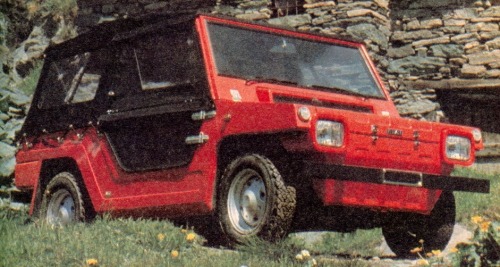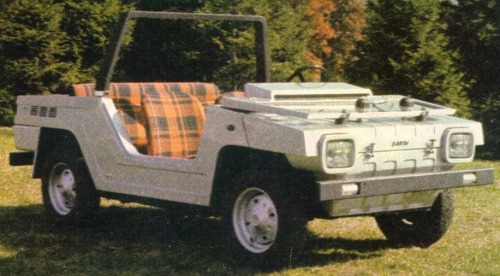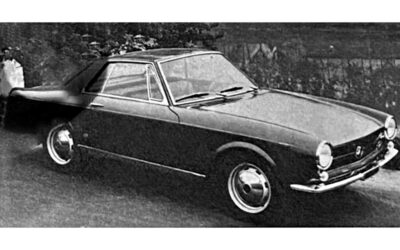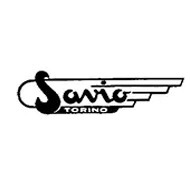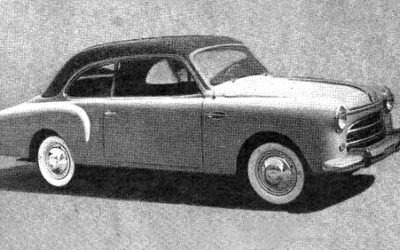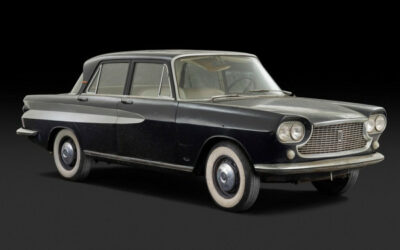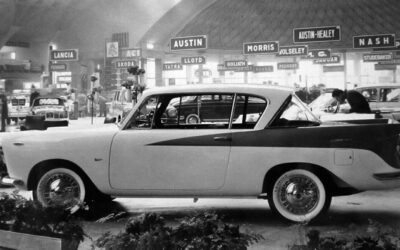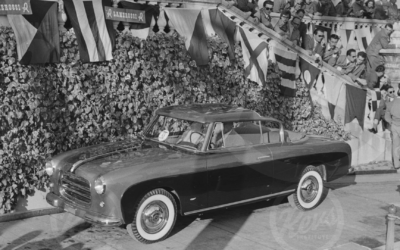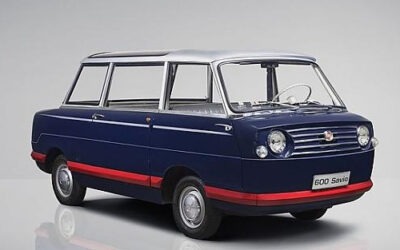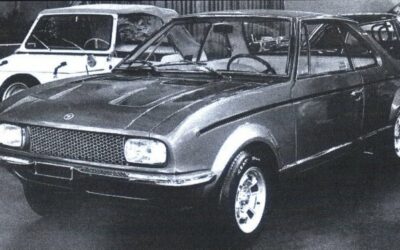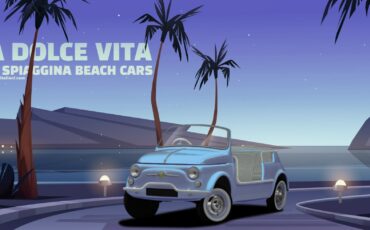La dolce vita: the Spiaggina beach cars
The birth of the Spiaggina (Spiaggia = Beach) takes place in the immediate post-war period at the initiative of some Italian coachbuilders which transformed small mass production cars in order to make them suitable for the needs of wealthy customers during the holiday period in the seaside resorts.

